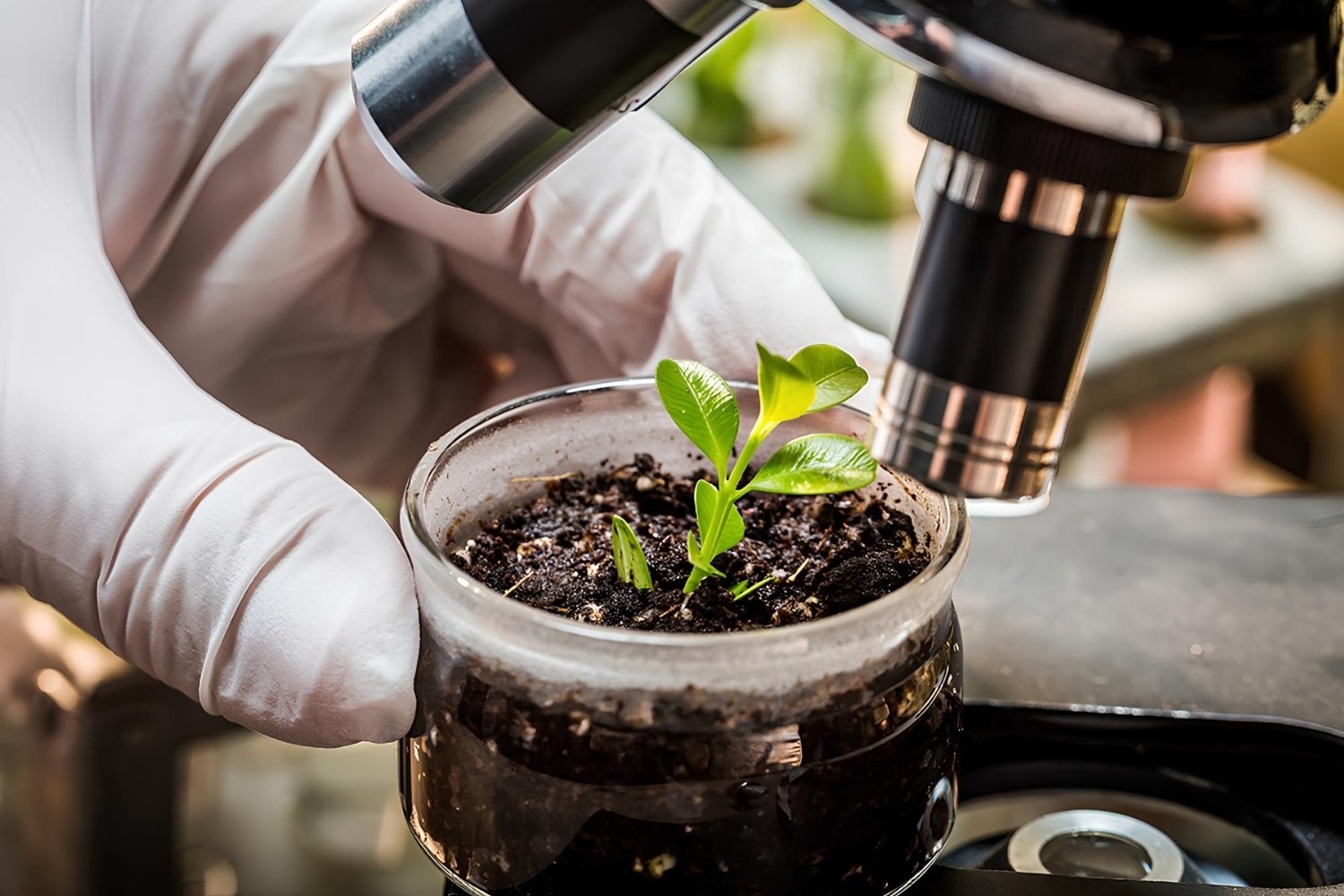
Biostimulants are a hot topic in agriculture, but what exactly are they? Biostimulants are natural or synthetic substances that help plants grow better. They aren't fertilizers or pesticides but work alongside them to boost plant health. These substances can improve nutrient uptake, enhance stress tolerance, and increase crop yields. Farmers and gardeners use them to get the most out of their plants. From seaweed extracts to beneficial bacteria, biostimulants come in many forms. Curious about how they work and why they're important? Let's dive into 28 fascinating facts about biostimulants that will help you understand their role in modern farming.
What Are Biostimulants?
Biostimulants are substances or microorganisms that enhance plant growth and health. They work differently from fertilizers by improving nutrient uptake and stress tolerance. Here are some intriguing facts about biostimulants.
-
Not Fertilizers
Biostimulants are not fertilizers. They don't provide nutrients directly but help plants use existing nutrients more efficiently. -
Microbial Magic
Many biostimulants contain beneficial microbes like bacteria and fungi. These microbes improve soil health and plant growth. -
Stress Busters
Plants treated with biostimulants can better withstand stress from drought, heat, and pests.
Types of Biostimulants
There are various types of biostimulants, each with unique benefits. Understanding these types can help in choosing the right one for specific needs.
-
Humic Substances
Humic acids and fulvic acids are common biostimulants. They improve soil structure and nutrient availability. -
Seaweed Extracts
Seaweed extracts are rich in hormones and nutrients that promote plant growth and stress resistance. -
Amino Acids
Amino acids in biostimulants help plants synthesize proteins, boosting growth and resilience.
Benefits of Using Biostimulants
Biostimulants offer numerous benefits for plants and soil. These advantages make them a valuable tool in sustainable agriculture.
-
Enhanced Root Growth
Biostimulants stimulate root development, leading to healthier and more robust plants. -
Improved Nutrient Uptake
They help plants absorb nutrients more efficiently, reducing the need for chemical fertilizers. -
Better Soil Health
Biostimulants improve soil structure and microbial activity, creating a healthier growing environment.
Biostimulants in Agriculture
Farmers and gardeners are increasingly using biostimulants to improve crop yields and soil health. Here are some ways they are applied in agriculture.
-
Seed Treatment
Treating seeds with biostimulants can enhance germination and early plant growth. -
Foliar Application
Spraying biostimulants on leaves allows for quick absorption and immediate benefits. -
Soil Drench
Applying biostimulants directly to the soil improves root uptake and soil health.
Environmental Impact
Biostimulants are eco-friendly and sustainable. They offer a greener alternative to traditional agricultural practices.
-
Reduced Chemical Use
Using biostimulants can lower the need for chemical fertilizers and pesticides, reducing environmental pollution. -
Carbon Sequestration
Some biostimulants help plants capture and store carbon, mitigating climate change. -
Water Conservation
Biostimulants improve water retention in soil, reducing the need for irrigation.
Challenges and Considerations
While biostimulants offer many benefits, there are challenges and considerations to keep in mind.
-
Regulation Variability
Regulations for biostimulants vary by region, affecting their availability and use. -
Quality Control
Ensuring the quality and consistency of biostimulants can be challenging due to the diversity of products. -
Cost
Biostimulants can be more expensive than traditional fertilizers, though their long-term benefits may offset the initial cost.
Future of Biostimulants
The future of biostimulants looks promising as research and technology advance. Here are some trends and predictions.
-
Precision Agriculture
Biostimulants will play a key role in precision agriculture, allowing for targeted and efficient use. -
Biotech Innovations
Advances in biotechnology will lead to more effective and specialized biostimulants. -
Increased Adoption
As awareness grows, more farmers and gardeners will adopt biostimulants for sustainable agriculture.
Real-World Examples
Biostimulants are already making a difference in various agricultural settings. Here are some real-world examples.
-
Wine Grapes
Vineyards use biostimulants to improve grape quality and yield. -
Vegetable Crops
Farmers apply biostimulants to enhance the growth and resilience of vegetables like tomatoes and peppers. -
Turf Management
Golf courses and sports fields use biostimulants to maintain healthy, resilient turf.
Research and Development
Ongoing research is crucial for understanding and improving biostimulants. Here are some areas of focus.
-
Mechanisms of Action
Scientists are studying how biostimulants work at the molecular level to optimize their use. -
New Formulations
Research is leading to new and improved biostimulant formulations for specific crops and conditions. -
Field Trials
Field trials help validate the effectiveness of biostimulants in real-world conditions.
Consumer Awareness
Educating consumers about biostimulants is essential for their widespread adoption. Here are some efforts in this direction.
- Workshops and Training
Workshops and training sessions help farmers and gardeners understand the benefits and use of biostimulants.
Final Thoughts on Biostimulants
Biostimulants are game-changers in agriculture. They boost plant growth, enhance nutrient uptake, and improve stress tolerance. Farmers using biostimulants see healthier crops and better yields. These natural products also reduce the need for chemical fertilizers, making farming more sustainable. From seaweed extracts to beneficial bacteria, biostimulants come in various forms, each with unique benefits. They're not just for large-scale farms; home gardeners can use them too. As research continues, expect even more innovative solutions. Biostimulants are here to stay, offering a greener, more efficient way to grow plants. Whether you're a farmer or a gardening enthusiast, these products can make a big difference. So, next time you're looking to boost your plants' health, consider giving biostimulants a try. You'll be amazed at the results.
Was this page helpful?
Our commitment to delivering trustworthy and engaging content is at the heart of what we do. Each fact on our site is contributed by real users like you, bringing a wealth of diverse insights and information. To ensure the highest standards of accuracy and reliability, our dedicated editors meticulously review each submission. This process guarantees that the facts we share are not only fascinating but also credible. Trust in our commitment to quality and authenticity as you explore and learn with us.
